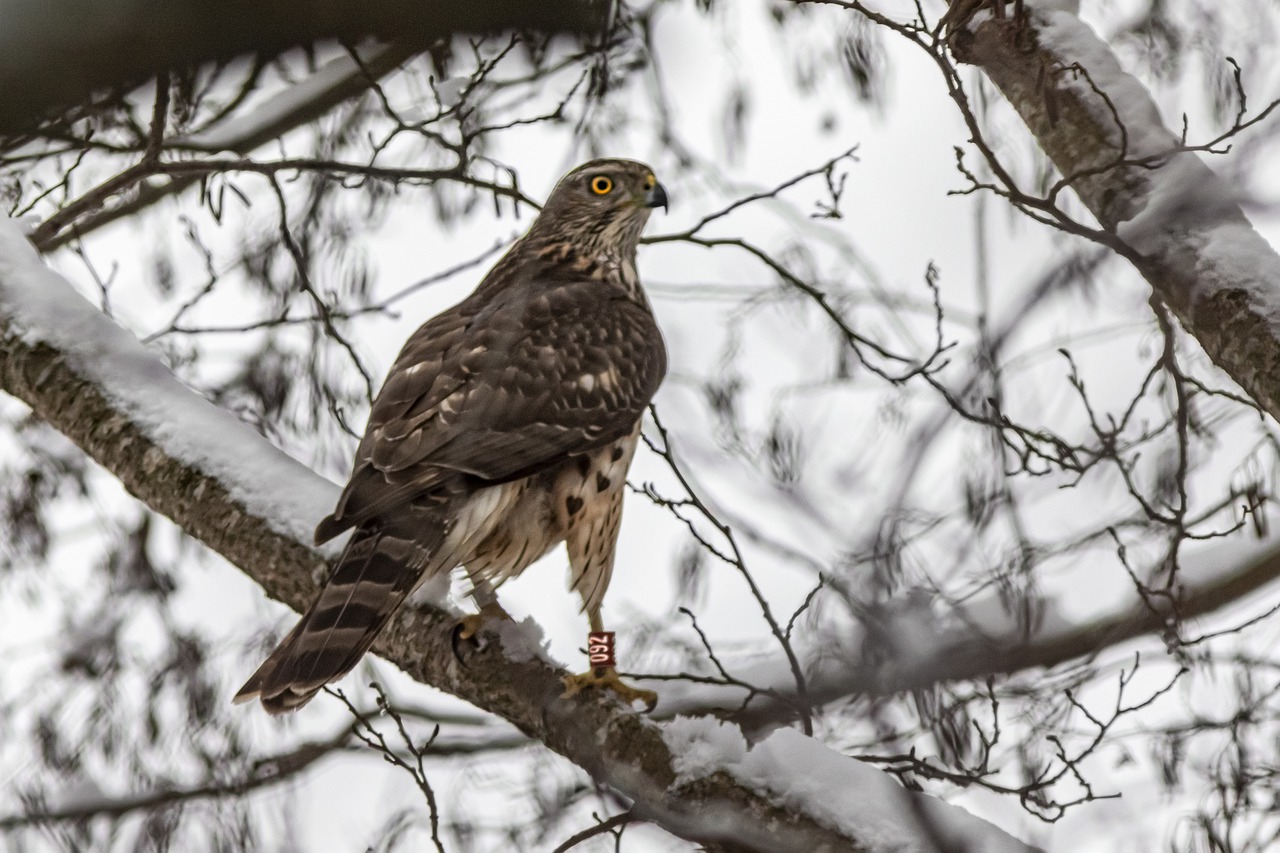Duvhökens Accipiter gentilis överlevnad och skattning av dess populationsutveckling i Sverige
DOI:
https://doi.org/10.34080/os.v3.23050Nyckelord:
häckningsframgång, populationsstudier, dödlighet, ringmärkning, ringmärkningsåterfynd, rovfågelAbstract
In this study I have used recovery data from 691 Goshawks Accipiter gentilis that were ringed as nestlings between 1971 and 1990. The survival of the Goshawk was 34.4% in the first year, 61.6% in the second year, and 73.5% thereafter. Only 20% of the Goshawks reached an age of 2 years and 2 months, i.e. the age when they make their first breeding attempt. I used data on survival and reproductive success to estimate if the Swedish Goshawks had a stable population size. Provided that all breeding attempts are successful, the population is rather stable (x = +0.8%, 95% confidence limits: -7.6% +9.2%). With a more reasonable estimate of successful breeding attempts (30% of first time breeders, 60% of second time breeders and 100% of thereafter) the population is decreasing with on average 9%. A comparison of mark-recapture data from Swedish Pheasant farms suggests, however, that the Swedish Goshawk population has been rather stable during the 1980s.
Nedladdningar

Downloads
Publicerad
Referera så här
Nummer
Sektion
Licens
Författaren/författarna innehar copyright för varje enskilt bidrag, men samtliga bidrag är publicerade under en Creative Commons-licens, så att vem som helst kan dela och återanvända bidraget förutsatt att copyright-innehavaren erkänns.







